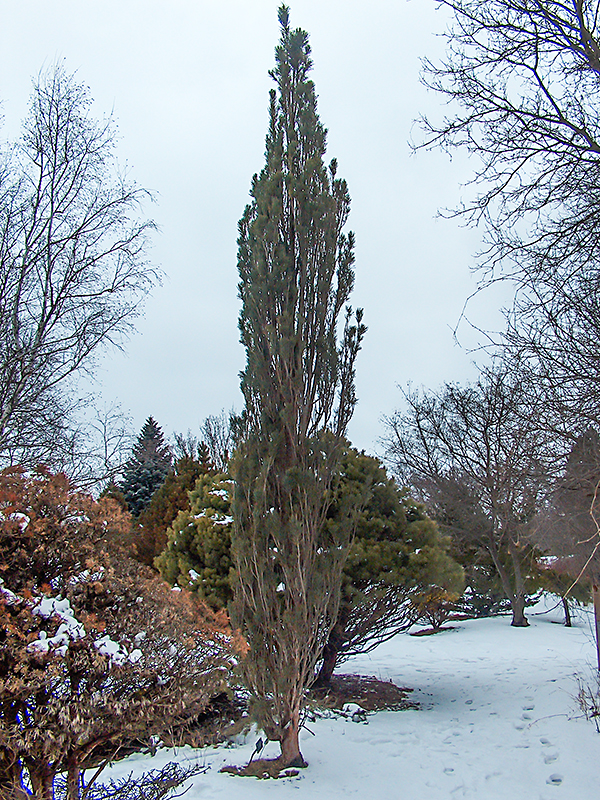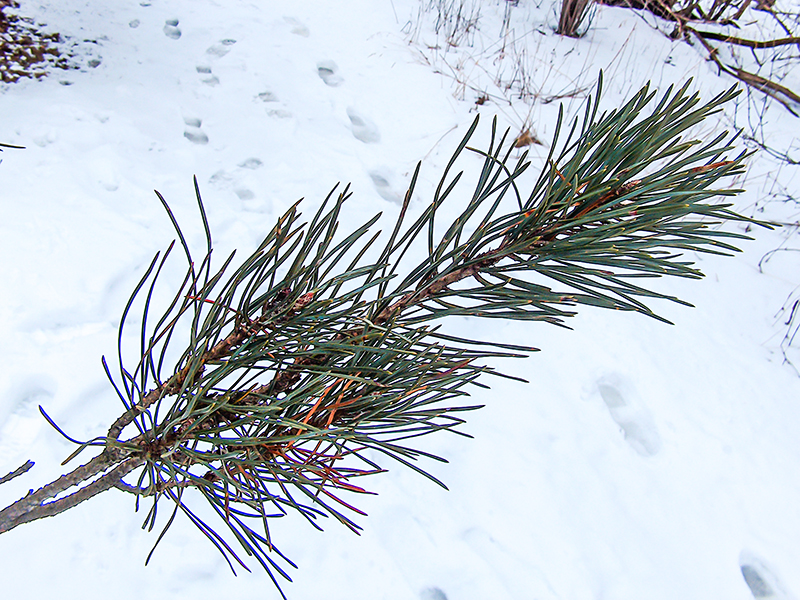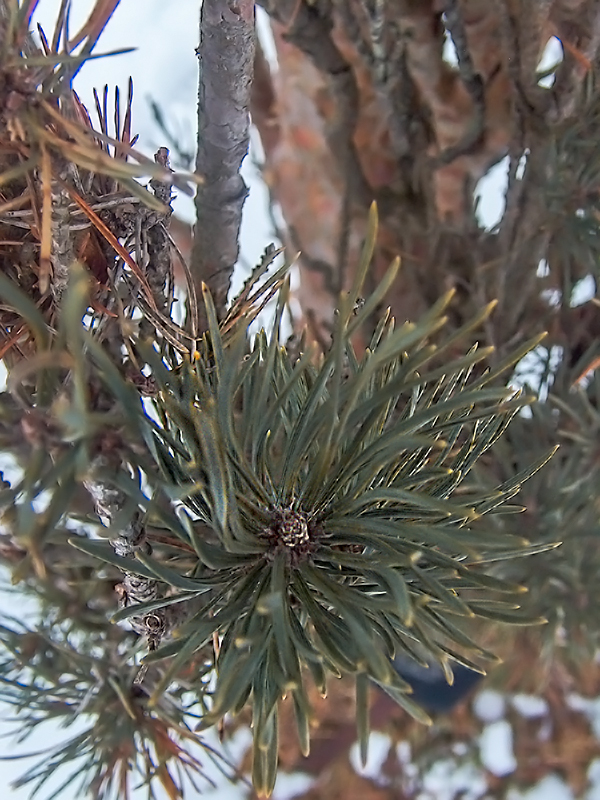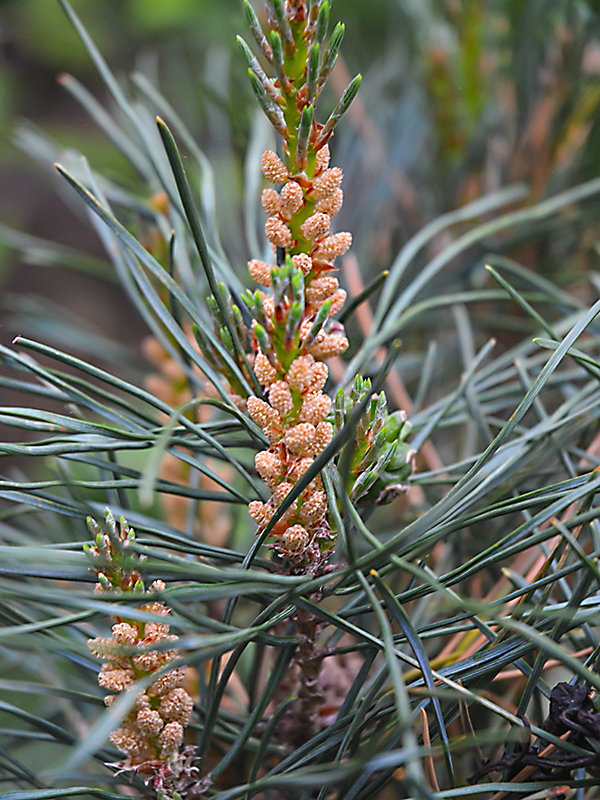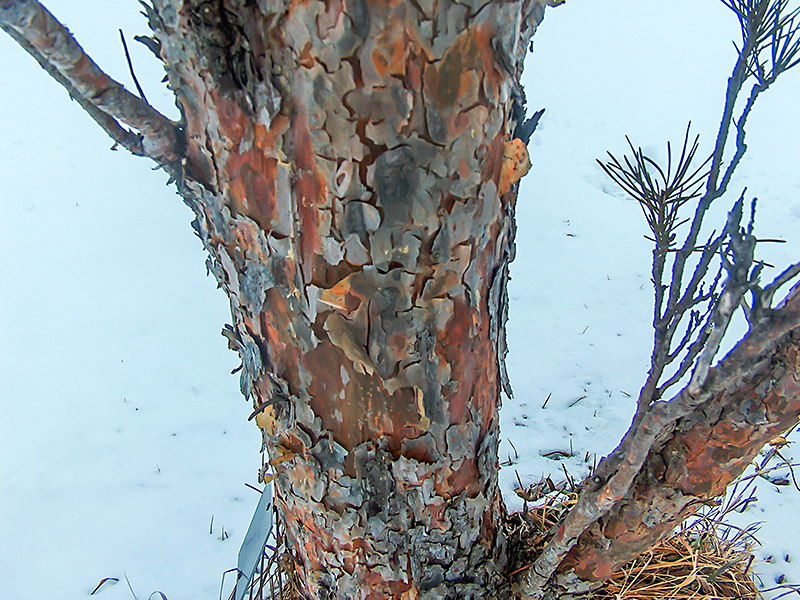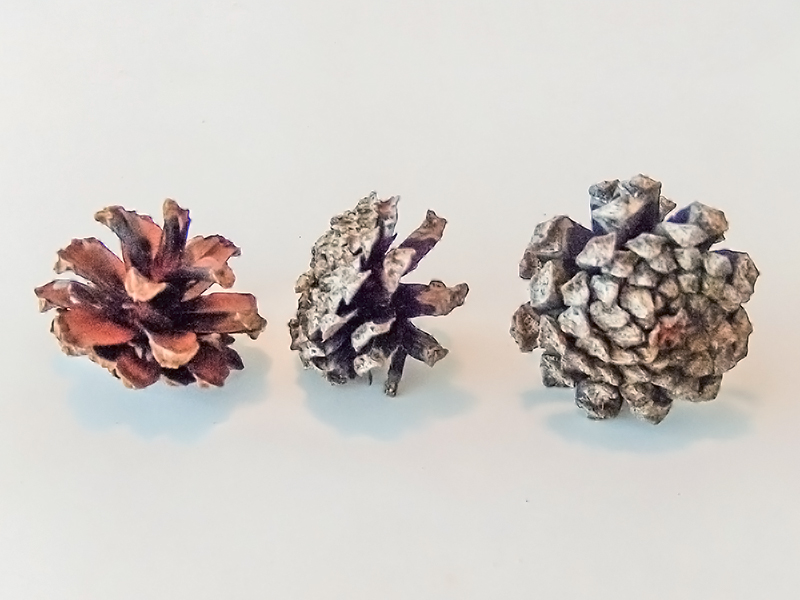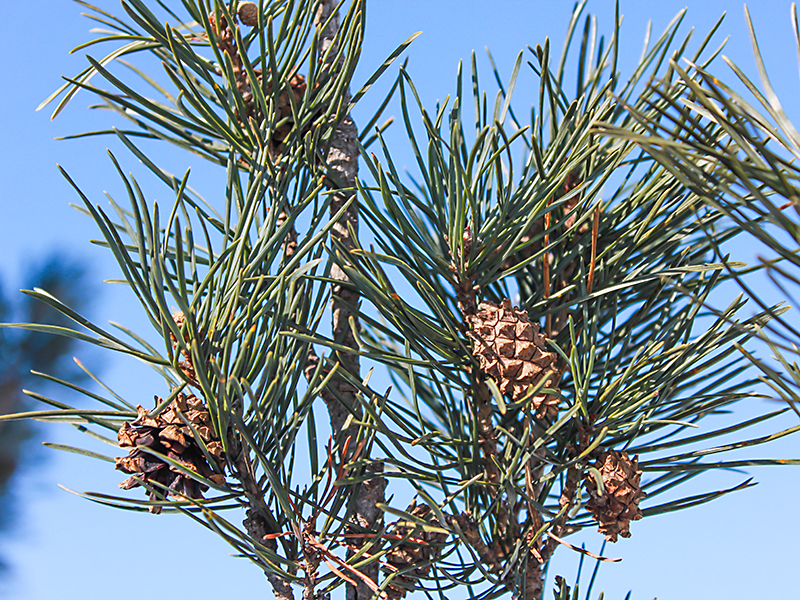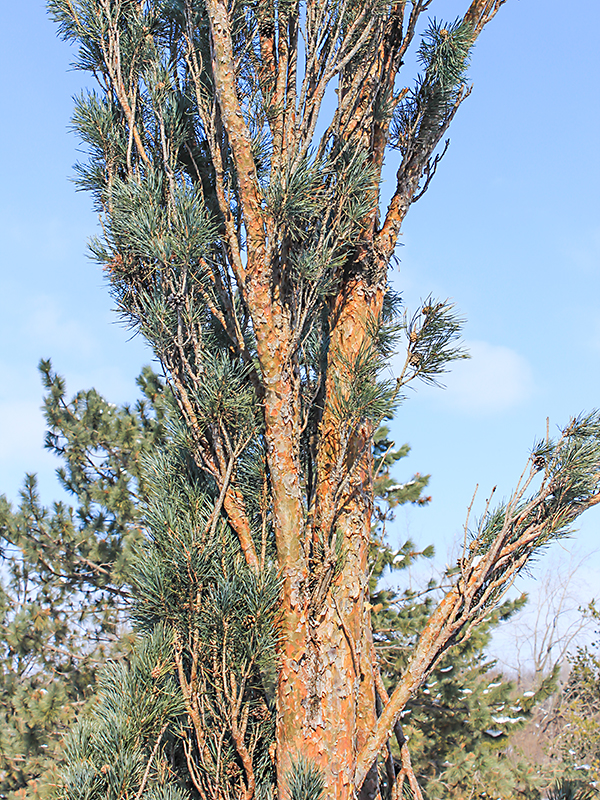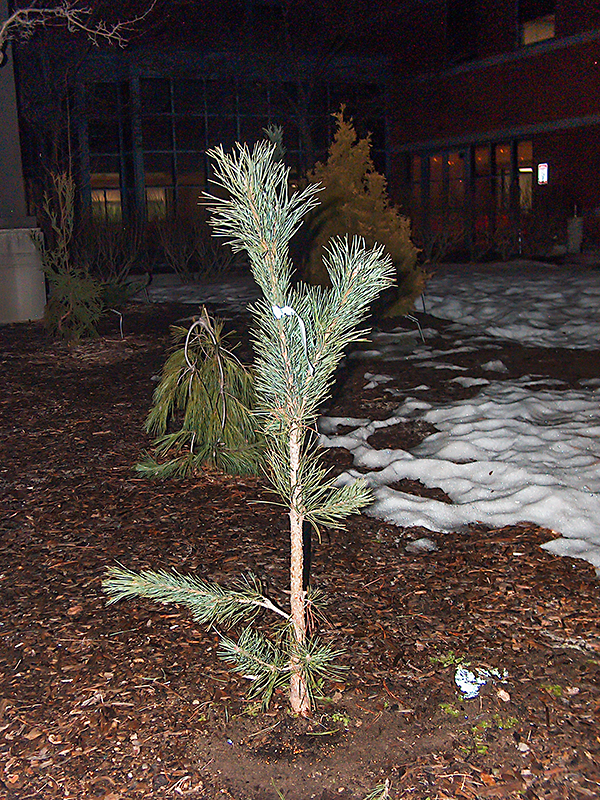
Woody > Pinus > Pinus sylvestris > Pinus sylvestris var. fastigiata
Pinus sylvestris
var. fastigiata
Sentinel Pine, Scots Sentinel Pine, Pyramidal Scots Pine
Origin: First introduced commercially to Europe in 1856.
| Family |
| Pinaceae |
| Genus |
| Pinus |
| Species |
| sylvestris |
| Category |
| Woody |
| Type |
| Tree (evergreen) |
| Variety |
| fastigiata |
| Synonyms |
| Pinus sylvestris f. fastigiata, Pinus sylvestris 'Fastigiata' |
| Pronunciation |
| USDA Hardiness Zone |
| 4-8 |
| Canadian Hardiness Zone |
| 3 |
| RHS Hardiness Zone |
| H7 |
| Temperature (°C) |
| -35 |
| Temperature (°F) |
| -30 |
| Height |
| 10 m |
| Spread |
| 1-3 m |
Photographs
Description and Growing Information
Flowering Period
| General Description |
| A narrow, columnar form of the typical Christmas tree. |
| Landscape |
| Used as a specimen, accent plant, or as a tall screen. Great vertical evergreen accent. |
| Cultivation |
| Performs best with full sun and adequately moist, well-drained, slightly acidic sandy soil. However this cultivar is not particular to soil type, or pH. Very high tolerance for pollution and drought. |
| Shape |
| Upright, narrow, columnar growth habit. Will break apart if exposed to heavy snowfall. |
| Growth |
| Medium |
| ID Characteristic |
| A fastigiate form of Scots Pine. Orange to grey exfoliating bark. Blue-green needle-like foliage with a slight twist reminiscent of the straight species. Bears small, grey-brown cones in maturity. Whorled branching habit. |
| Pests |
| Susceptible to pine bark beetle and Diplodia tip blight. |
| Habitat |
| Naturally occurring forma in some Eastern European countries. |
| Bark/Stem Description |
| Young growth is light to dark grey with distinct ridges. Develops shaggy, exfoliating orange and grey-brown with maturity. |
| Flower/Leaf Bud Description |
| Buds are conical and resinous. Between 1-4 cm both in length and width but are slightly longer than they are wide. Buds are orange to a light reddish-brown in colour. |
| Leaf Description |
| Blue-green, needle-like foliage borne in fascicles of two, 2-3 cm long. Needles have a slight twist, as well as bloom on the foliage. Needles are arranged in a whorled pattern and are somewhat lax to the touch. |
| Flower Description |
| Male strobili bare pollen in May. Female strobili turn into small green cones. Flowers are not ornamentally significant, 5-15 mm in length and width. |
| Fruit Description |
| Male cones are 3-6 cm in length, reddish-brown and produce an abundant amount of pollen in May. Female cones 4-8 cm long, cordate to lancelate with distinct nubs reminiscent of the straight species. Female cones are reddish-brown to grey in colour. |
| Colour Description |
| Foliage is a matte green colour with a bluish-grey bloom giving it a blue-green appearance. Bark is orange, brown and grey. Buds are orange to light brown, and cones are grey or brown in colour. |
| Texture Description |
| Medium-coarse in foliage, and coarse in bark year-round. |
| Notable Specimens |
| University of Guelph Arboretum, Guelph, Ontario, Canada. The Gardens of Fanshawe College, London, Ontario, Canada. |
| Propagation |
| Propagated through grafting onto straight sylvestris, or through the rooting of cuttings in a misting bed. Cuttings take approximately 2-3 months to root. |
